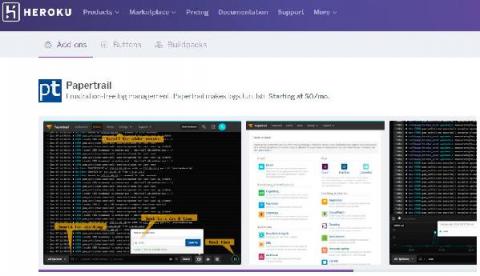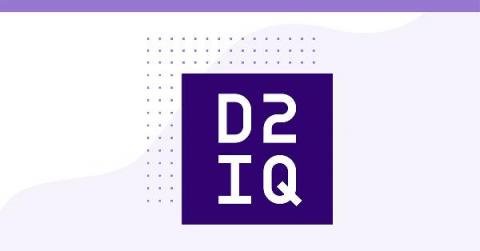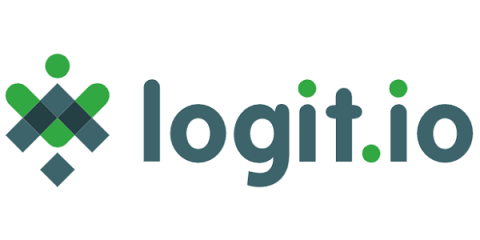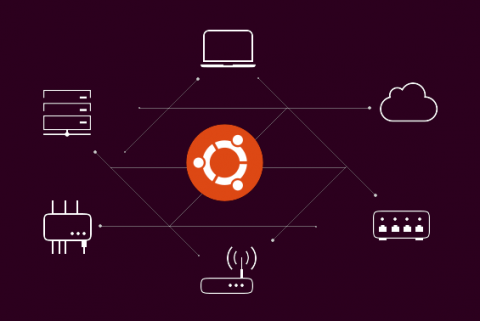Operations | Monitoring | ITSM | DevOps | Cloud
Latest Posts
5 Best Heroku Add-Ons in 2020
How to Pick a Winning Go Module
With a near-endless list of Go Modules, it can be overwhelming trying to decide which is best for your Go build. For new Go developers, it can be difficult to pick a winner for your specific use case. This phenomenon is nothing new. In fact, it’s one of the reasons why open-source is so important for developers. Oftentimes, when a module is published by a developer, it was likely developed to solve a specific problem that they are facing.
CVE-2020-8555 And What We've Done About It
A security vulnerability (CVE-2020-8555) with a Medium severity has been reported that affects following versions of Kubernetes: Note, an attack using this vulnerability requires permission to create a pod or StorageClass and would typically only be granted to internal administrators or developers within an organization. It is possible to mitigate an attack by implementing policies using Gatekeeper and restricting StorageClass using Kubernetes access controls.
How to Reduce Costs on AWS Lambda
As a Serverless computing service, Lambda already saves hundreds of thousands of dollars for many companies out there. While traditional server-based infrastructures usually lead to overprovisioning and waste, the Serverless pay-per-use model enables cost-effective cloud spending. Nevertheless, there are still more cost-saving opportunities that many development teams miss on AWS Lambda. Optimizing Lambda functions can be time-consuming, though.
Platform Speed Increased Between 5x & 10x With NVMe Upgrade
We are pleased to announce that all users can now benefit from having their stacks hosted on NVMe (Non-Volatile Memory Express) SSDs. NVMe is one of the newest high-performance networking technologies changing the landscape of scalable infrastructure and assisting in decreasing infrastructure costs on a revolutionary scale.
Open source software for open infrastructure
Implementing infrastructure using open-source software significantly reduces the total cost of ownership (TOC) of your infrastructure. Over the last few years, we’ve seen more and more companies moving to open source. These include Netflix, Uber, Visa, eBay, Wikipedia and AT&T. And this trend will only continue to grow. The migration is driven by better economics, improved flexibility, better integration capabilities and thus, the higher business value provided by the open source software.
What's the deal with edge computing?
With over 41 billion IoT devices expected to be active by 2027 — that’s at least 5 devices for every person on the planet — edge computing has emerged as a tenable solution to prevent the impending snowballing of network traffic. Allow me to lift the veil on this buzzword and explain why it’s been gaining attention in tech circles lately.
Challenges in Monitoring Applications That Use OAuth
In the internet ecosystem of increasingly intertwined applications, when one application wants to perform some action on another application on the behalf of a user, a need arises of how to do this without sharing the password of one application to another. A common example of this is sign-in with Facebook by apps that want to post something on your timeline or want to access your Google Drive.
Flux and Static Analysis
Have you seen this when using the Flux code editor? Pretty neat to be able to get that much help from an editor while writing code. Have you ever wondered how that worked? Today, I’ll take us on a bit of a deep dive on the behind-the-scenes that enable these autocompletion features in the editor.











